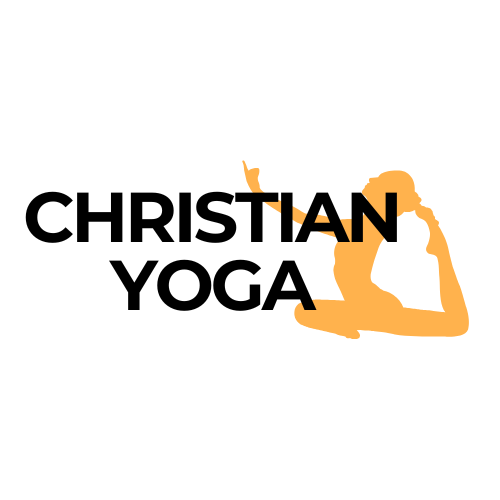Choosing between in-person and online yoga instructor certification can shape your learning journey. With the rising trend of yoga instructor certification online, it’s essential to understand how these modes compare and what suits your needs best.
Accessibility and Flexibility
In-person Certification
In-person programs often come with a structured schedule. This setup allows for dedicated class time but requires full commitment to a specific timetable. The face-to-face interaction with teachers and peers can be enriching but limits the flexibility needed by those balancing other commitments.
Online Certification
Online yoga instructor training brings unparalleled flexibility. These programs can be accessed from anywhere, making them an excellent option for those with busy schedules or limited access to local training centers. Students can learn at their own pace, allowing a balance between studying and personal obligations.
Interaction and Feedback
In-person Certification
A significant advantage of in-person learning is the immediate feedback. Teachers can correct postures in real-time and provide personalized guidance. Engaging with fellow trainees in physical settings fosters a community feel and facilitates collaborative learning.
Online Certification
The online format has evolved to offer live sessions, interactive Q&A, and feedback through video submissions. Although it may lack the tactile adjustments of in-person classes, platforms have adopted methods such as group discussions and personalized video reviews to mimic a classroom experience.
Cost Considerations
In-person Certification
Traditional yoga instructor certifications can be costly. The expense covers tuition, facility maintenance, and travel or accommodation fees, especially if attending programs in sought-after yoga retreats or studios.
Online Certification
Yoga instructor certification online is typically more budget-friendly. The digital nature of these courses often reduces administrative and logistical expenses. This affordability makes certification accessible to more individuals, without compromising quality.
Curriculum Differences
In-person Certification
The curriculum for in-person training usually follows a structured approach. Lessons cover essential yoga philosophies, techniques, anatomy, and hands-on teaching practice. Being in a physical space often adds more immediate experiential learning, such as adjusting students in real time.
Online Certification
Online programs ensure that key topics are well-covered but may deliver lessons in a more modular or self-paced format. This format caters to learners who prefer reviewing materials multiple times or studying during quieter periods. Online courses often include a mix of pre-recorded lessons, live virtual classes, and downloadable resources.
Depth of Practice
In-person Certification
For those looking for a more immersive experience, in-person training allows students to practice yoga in a guided, communal setting. This kind of immersion can deepen understanding and foster a profound connection to the practice.
Online Certification
While it may seem that online programs lack the same immersion, many online yoga instructor certification courses have developed ways to simulate it through virtual retreats and structured practice schedules. Students can create a personalized space at home that promotes focus and reflection.
Technological Considerations
In-person Certification
Technology plays a minor role in traditional, in-person certification programs. The focus is more on physical presence and direct interaction without the need for digital tools, aside from occasional video aids or slideshows.
Online Certification
Online training relies heavily on technology, making it essential to have reliable internet and compatible devices. The advantage here is the opportunity to become familiar with tech tools that are increasingly used for remote classes, recorded sessions, and online yoga tutorials.
Learning Environment
In-person Certification
Training in a studio can be motivating due to the energy and atmosphere. It allows participants to experience the ambiance created by a dedicated yoga space, complete with props, lighting, and calming elements that enhance learning.
Online Certification
With online yoga instructor training, you can build a personal learning environment at home. Customizing your space can create a comfortable, personalized atmosphere conducive to focused study. However, it requires self-discipline to maintain consistency and minimize distractions.
Certification Recognition
In-person Certification
Programs conducted by established yoga studios or schools often hold recognizable accreditations. Graduates typically leave with certifications that align with well-known organizations, enhancing their credibility.
Online Certification
Reputable online programs provide recognized certifications that meet industry standards. The key is to choose courses accredited by respected organizations, ensuring that the qualification holds the same weight as in-person alternatives.
Commitment and Motivation
In-person Certification
Attending a physical location helps students commit to the program schedule. It fosters a routine, which can be motivating, especially for those who thrive on structured activities and direct accountability.
Online Certification
Completing yoga instructor certification online requires a strong sense of self-motivation. The flexibility, while advantageous, can pose a challenge for those who may struggle with procrastination or need external encouragement to stay on track.
Final Thoughts
Choosing between in-person and online yoga instructor certification depends on your lifestyle, learning preferences, and long-term goals. Online certification programs have become a reliable and flexible option, catering to modern learners without compromising depth or quality. For those seeking the balance of flexibility and quality, explore the possibilities of yoga instructor certification online. Make an informed decision that aligns with your personal journey and growth.

